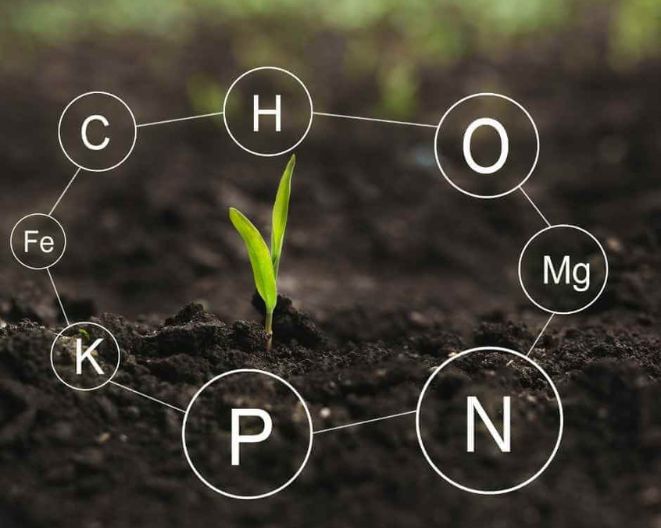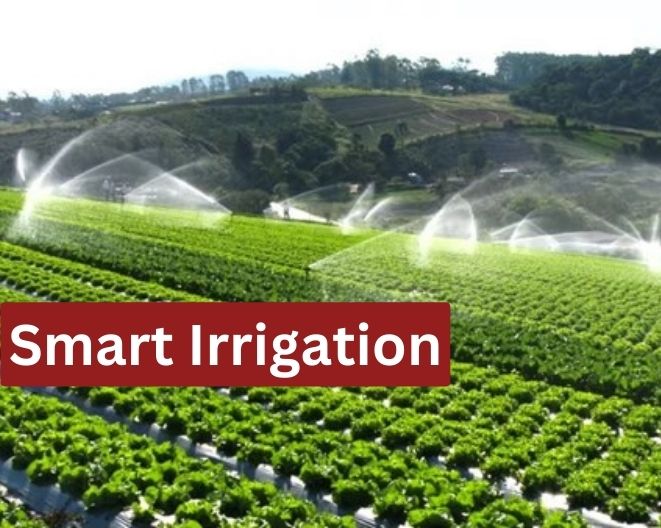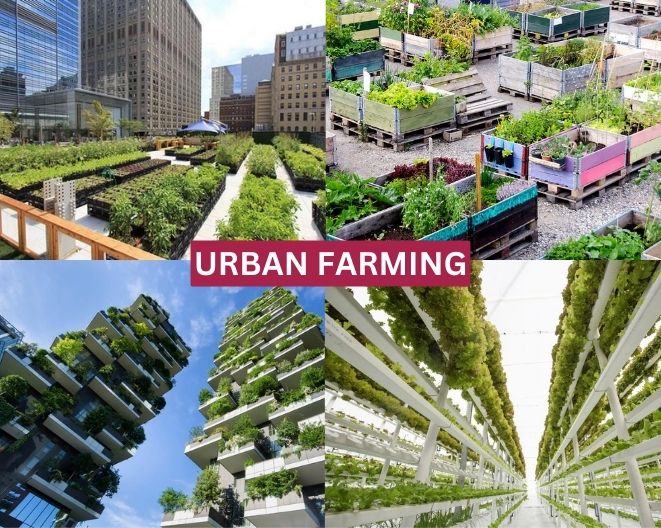Agriculture is the cornerstone of civilization, providing food, fiber, and countless resources. As the world’s population continues to grow, the importance of sustainable farming practices cannot be overstated. Soil health plays a pivotal role in achieving abundant harvests while maintaining the long-term productivity of the land. In this blog post, we’ll uncover the soil health secrets that hold the key to sustainable farming success.
The Foundation of Soil Health
1. Understanding Soil Health
Before delving into soil health secrets, it’s crucial to comprehend what soil health entails. Soil health refers to the ability of soil to perform its various functions, which include supporting plant growth, regulating water flow, and filtering contaminants. Healthy soil is essential for robust crop yields and long-term agricultural sustainability.
2. Soil Microbes: The Unsung Heroes
At the heart of soil health are microbes, tiny organisms such as bacteria, fungi, and protozoa. They are the unsung heroes responsible for various soil functions, from breaking down organic matter to making nutrients available to plants.
Secret #1: Organic Matter Is the Key
The Power of Organic Matter
One of the most significant soil health secrets is the importance of organic matter. Organic matter in the soil serves as a source of nutrients and energy for soil microbes. It improves soil structure, water retention, and nutrient-holding capacity.
How to Boost Organic Matter
- Cover Crops: Planting cover crops like legumes and grasses can help increase organic matter content.
- Crop Residues: Incorporating crop residues back into the soil after harvest adds organic matter.
- Compost: Adding compost is a direct way to introduce organic matter into the soil.
Secret #2: Soil Microbial Diversity Matters
The Microbial Community
A diverse and thriving microbial community is vital for soil health. Different microbes perform various functions, such as nutrient cycling, disease suppression, and organic matter decomposition.
Encouraging Microbial Diversity
- Crop Rotation: Rotating crops can help maintain microbial diversity and reduce the risk of pathogen buildup.
- Reduced Soil Disturbance: Minimal tillage or no-till practices protect soil microbial communities from disruption.
- Adding Microbial Amendments: Some farmers introduce beneficial microbes to enhance diversity.
Secret #3: Balanced Nutrient Management
Nutrient Needs of Crops
Balanced nutrient management is a key soil health secret that revolves around understanding the specific nutrient requirements of your crops. Different crops have varying needs when it comes to essential nutrients. By accurately addressing these needs, you ensure that your crops receive the right nutrition for optimal growth and productivity.
To implement balanced nutrient management effectively, consider the following:
- Soil Testing: Regular soil testing is your first step. It provides essential data on your soil’s nutrient levels, enabling you to tailor your fertilizer application to your crop’s requirements. Soil tests reveal deficiencies or excesses, guiding your nutrient management decisions.
- Targeted Fertilizer Application: Instead of applying a generic mix of fertilizers, focus on the specific nutrients your crops require. By customizing your nutrient application, you reduce excesses that can harm the environment and save on fertilizer costs.
- Precision Agriculture: Leveraging precision agriculture technologies, such as GPS-guided equipment, variable rate application, and automated systems, ensures accurate and efficient nutrient delivery. This technology allows you to apply fertilizers only where and when they are needed, reducing waste and environmental impact.
By fine-tuning your nutrient management approach, you not only enhance crop yields but also safeguard soil health and reduce the potential for nutrient imbalances that can lead to environmental issues.
Secret #4: Minimize Soil Erosion
The Threat of Soil Erosion
Soil erosion poses a substantial threat to soil health and agricultural sustainability. It involves the detachment and movement of the upper layers of soil, which contain valuable organic matter and essential nutrients. Preventing erosion is paramount for preserving your soil’s health and productivity.
Erosion Control Practices
- Conservation Tillage: Implementing conservation tillage practices, such as no-till or reduced-till, can be highly effective in preventing soil erosion. These practices leave crop residues on the soil surface, acting as a protective layer against the forces of wind and water.
- Cover Crops: Introducing cover crops is another powerful tool in your erosion control toolbox. Cover crops protect the soil from wind and water erosion, enhance organic matter content, and provide a host of other benefits, including weed suppression and improved soil structure.
- Terracing and Contour Farming: On hilly terrain, terracing and contour farming practices help control water runoff and soil loss. By slowing the movement of water, these practices reduce erosion and promote soil conservation.
By incorporating these erosion control practices into your farming strategies, you not only protect your soil from erosion but also maintain its health and long-term productivity.
Secret #5: Proper Water Management
Efficient Water Use
Efficient water management is another critical aspect of maintaining soil health. The right moisture levels are essential for crop growth, but excessive water or waterlogging can be detrimental to soil structure and plant health.
Water-Saving Strategies
- Drip Irrigation: Drip irrigation systems deliver water directly to the root zone of plants, reducing water wastage through evaporation or surface runoff. These systems provide precise control over water distribution.
- Soil Moisture Sensors: Implement soil moisture sensors that provide real-time data on soil moisture levels. With this information, you can optimize your irrigation scheduling, ensuring that your crops receive water exactly when they need it.
- Drainage Systems: Proper drainage systems prevent waterlogging, which can lead to soil compaction and loss of soil structure. Adequate drainage ensures that excess water flows away from the root zone, maintaining a healthy soil environment.
By adopting water-saving strategies and optimizing water use, you conserve this precious resource while preserving soil health and productivity.
Conclusion
The soil health secrets shared in this blog post are more than just agricultural practices – they are a commitment to the long-term sustainability and vitality of our farms. By enriching your soil with organic matter, fostering microbial diversity, implementing balanced nutrient management, controlling erosion, and managing water efficiently, you ensure that your land remains productive and resilient.
As a responsible farmer or agricultural enthusiast, consider these secrets as your roadmap to achieving abundant harvests in a sustainable and eco-friendly way. By preserving your soil’s health, you contribute not only to the well-being of your own farm but also to the greater cause of global food security and environmental stewardship. Embrace these soil health secrets, and let your fields flourish with bountiful harvests that sustain both the present and the future.





